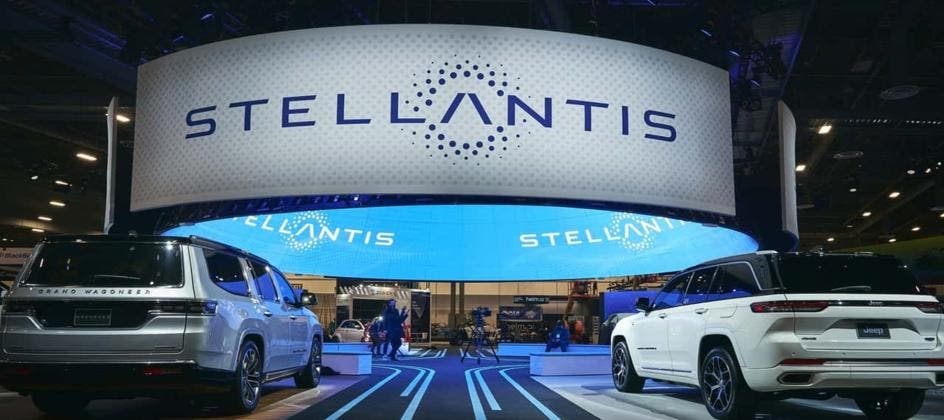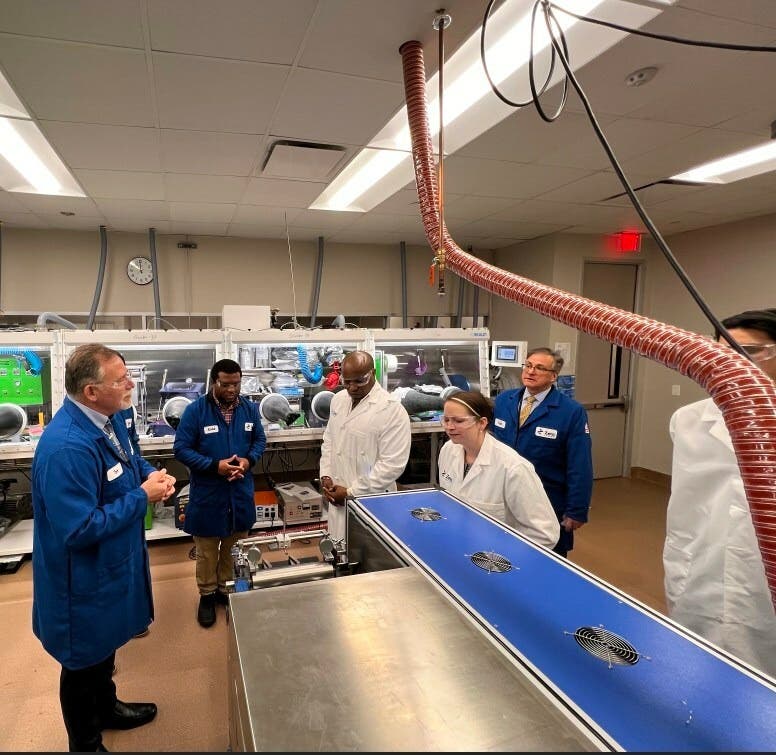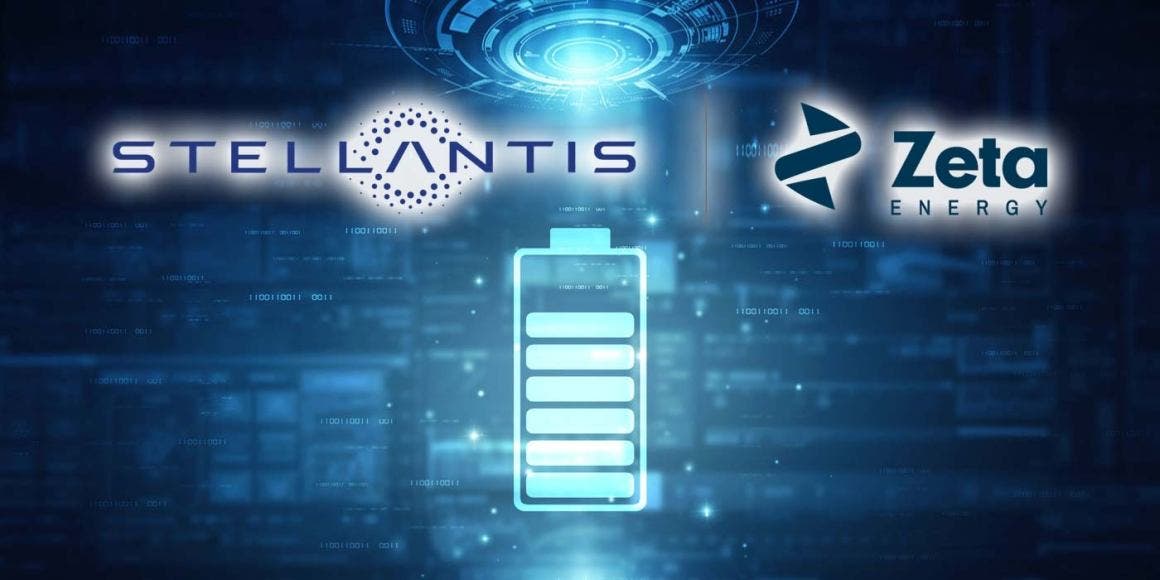The secret of this innovation lies in gravimetric energy density, which is the amount of energy the battery is able to store in relation to its weight. This is a crucial value in determining an electric vehicle’s range and charging time. Research and development of this cutting-edge technology is being carried out in collaboration with Zeta Energy, a Texas-based company specializing in lithium-sulfur batteries. This strategic partnership will enable Stellantis to accelerate the pace of development and commercialization of this new technology.
Stellantis: breakthrough innovation in the industry with new investment
Stellantis certainly stands out from other automakers for a bold investment in a promising battery technology: lithium-sulfur. This innovation could mark a turning point in the industry, offering a number of significant benefits.
One of the main advantages of lithium-sulfur batteries is the potential reduction in production costs. Stellantis estimates that this technology could cut the cost per kWh in half compared to batteries currently in use. In addition, lithium-sulfur batteries are lighter; which translates into improved overall vehicle efficiency and increased range. This technology promises faster charging times, a key aspect in making electric cars even more competitive.

Lithium-sulfur battery integration in Stellantis vehicles – goal 2030
The automotive group has an ambitious goal: to integrate lithium-sulfur batteries into its vehicles by 2030. This goal underscores Stellantis’ commitment to electrification and its desire to be a pioneer in this field.
To achieve this goal, as I anticipated earlier, Stellantis has entered into a strategic partnership with Zeta Energy. The latter is a Texas company that specializes, precisely, in the development of lithium-sulfur batteries. This synergistic collaboration will accelerate the research and development of this innovative technology.

What would be the advantage of lithium-sulfur batteries? Well, the main advantage of lithium-sulfur batteries lies in their gravimetric energy density, which is the amount of energy they can store relative to their weight. This parameter is crucial in determining the range of an electric vehicle.
Currently, the most popular batteries in the automotive industry are lithium-iron-phosphate (LFP) and nickel-manganese-cobalt (NMC). NMC batteries offer higher energy density but use more expensive and less sustainable materials. LFP batteries, on the other hand, are considered safer and more durable, with a lower environmental impact. Lithium-sulfur technology promises to combine the advantages of both types while offering high energy density and reduced environmental impact.

Stellantis-Zeta Energy revolution: lithium-sulfur technology
So, lithium-sulfur technology represents a promising alternative for batteries, combining the advantages of several existing technologies without the use of expensive and polluting materials such as nickel, manganese, cobalt, and graphite. This results in lower production costs and a smaller environmental impact.
Traditional lithium batteries use graphite anodes and cathodes composed of various metals. Zeta Energy, on the other hand, adopts cathodes made of sulfurized carbon materials, which offer greater stability and superior performance than metal cathodes.
The most significant innovation concerns the anode, a key component in battery efficiency. Early lithium-metal versions, while promising for energy density and fast charging, had the problem of dendrite formation, structures that can cause short circuits and reduce battery life. The lithium-sulfur battery overcomes this obstacle with vertical carbon nanotubes, which “trap” lithium ions, preventing dendrite formation and extending battery life.
Considering that the battery pack accounts for about 40 percent of the cost of an electric vehicle, this technology could make electric vehicles cheaper and accessible to a wider audience.

